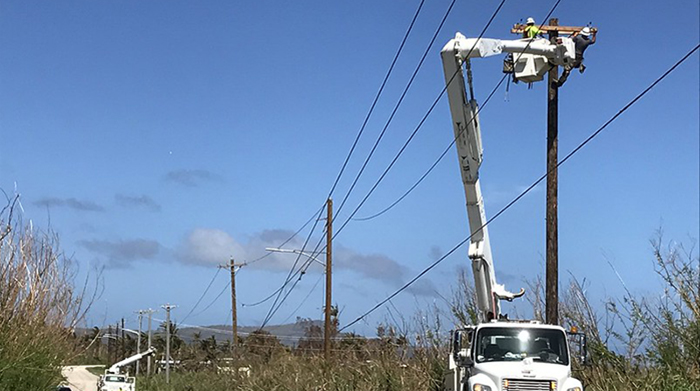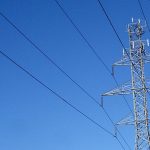Budgeting for Storm Restoration

Image courtesy of Western Area Power under Attribution 2.0 Generic Deed, resized to 700 x 391 pixels.
Emergency preparedness encompasses several pillars, not the least of which is the financial impact of storm restoration. Accounting for the costs associated with outage restoration and storm duty can seem like an afterthought, but getting this piece of the puzzle correct upfront is critical. Here are a few tips for successfully accomplishing this.
How to Incorporate Storm Restoration into Financial Forecasts
The key concept is to account for both direct and indirect costs in storm restoration budgeting and financial planning. Direct costs are typically immediate expenses associated with storm recovery, including but not limited to overtime, equipment, and contractor fees. Indirect costs often involve so-called opportunity costs, such as project delays or productivity erosion stemming from employees working a storm.
Of course, projecting these costs ahead of time is clearly easier said than done. Really, the only way to do this is to review and analyze expenses incurred during previous storms, add an assumption for inflation, and analyze patterns in historical storm frequency and severity to estimate the number of cost-eroding events likely to hit during the upcoming period. Typically, a triangulation or scenario planning exercise would be employed to create a range of possible outcomes.
Also, including all key stakeholders and functional areas in the financial planning process will help ensure that all the bases are covered. For example, Operations can help calculate potential ‘boots-on-the-ground’ costs, and Logistics can help calculate costs for supplies and equipment, which Finance can then translate into a budget. Regularly scheduled cross-functional touchpoints should be held to continuously refine and validate assumptions.
Obviously, this is not a perfect science because many assumptions will need to be made. For this reason, maintaining budget flexibility is paramount. This could involve the creation of a contingency or reserve fund, or a mechanism to dynamically reallocate resources when necessary.
In the final analysis, the optimal way to account for storm restoration in budgets and financial plans is to analyze historical data, incorporate financial flexibility, and collaborate regularly. This is clearly a key component of the overall emergency preparedness process.



